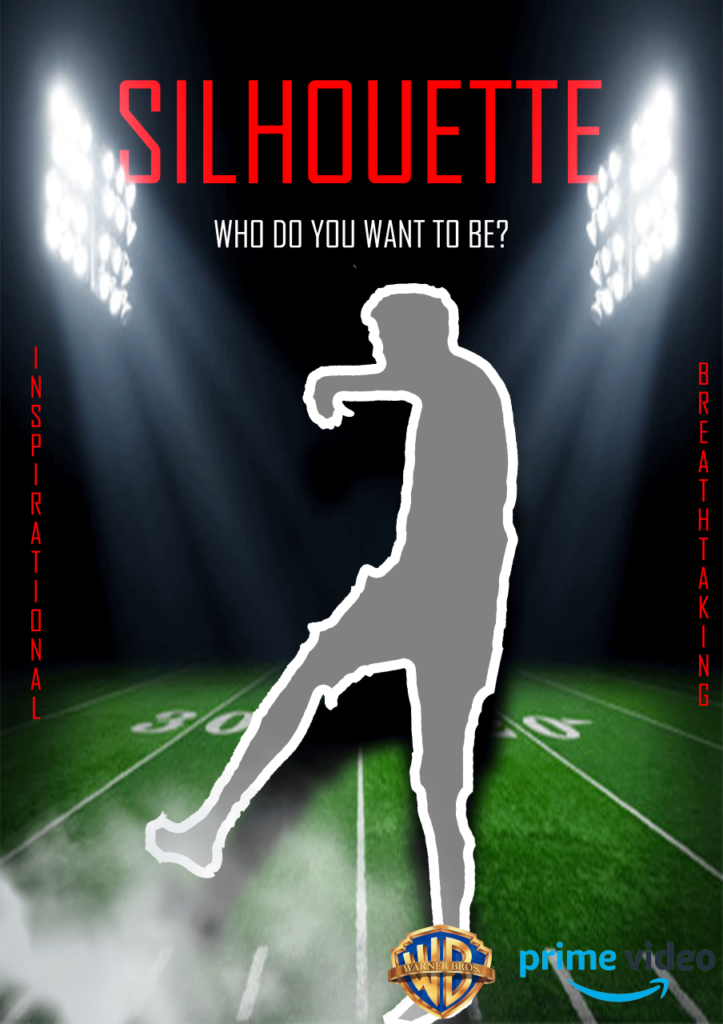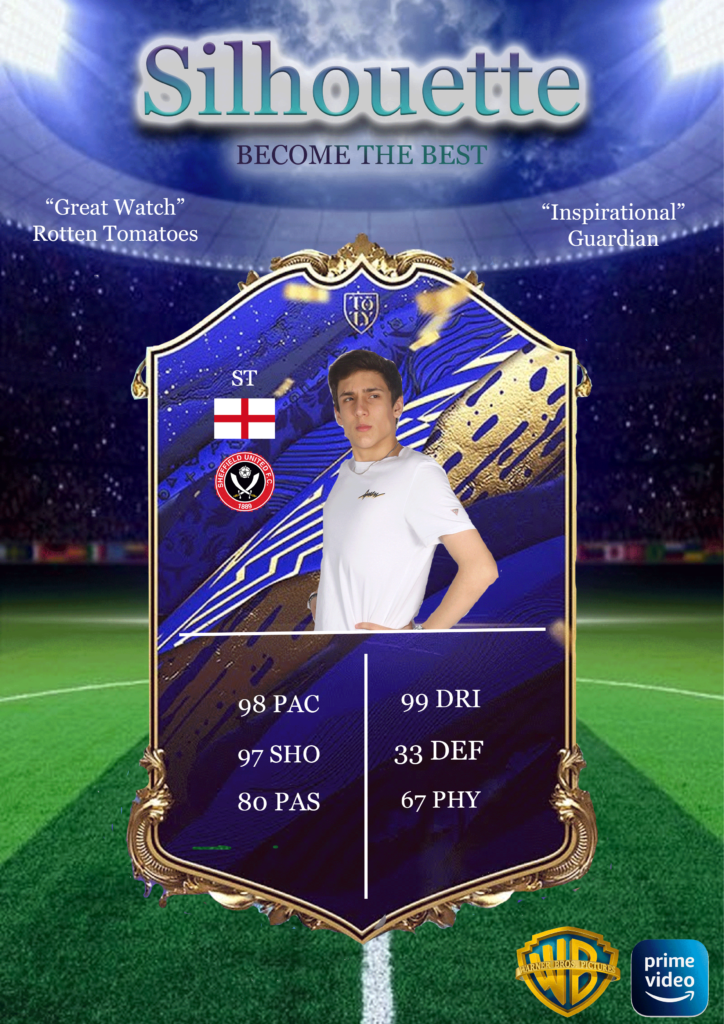Moving image conventions
A look into how films are produced, planned and created. Language of moving image is about time, space and scale. Following typical filming techniques that viewers are used to seeing.
The importance of focus:
Moving image in films has a particular importance to the use of focus, it allows the producer to make the viewer portray and understand the feelings of the scene and their characters. Showing a specific item or person that may be an important plot or situation.
Different camera angles:
- High angle / Low angle / bulls-eye / birds eye / canted angle
- Tracking / Panning / Craning / Tilting / Hand held / Steadicam
- Establishing Shot / Long Shot / Medium Shot / Close-up / Big Close-Up / Extreme Close Up (students often struggle with the first and the last again issues with SCALE, SIZE & SPACE, so practice is really important)
- Insert Shot – It focuses on a specific item or person/thing often to highlight important items or ideas to be later referenced in the movie. It shows key information that is relevant to the understanding of the movie and its context.
- When relating this to my own film sequence, I could potentially use a low action shot that focuses on the football whilst moving rapidly, this will set the tone and mood of the moving image to be action pact and more interesting to the viewer.
The Edit:
- Editing stitches together the camera work. The final edit of a movie or recording is the final product and is used to finalise what the producer wants the audience to focus on and understand the plot to be entertained by the movie effectively.
- A basic rule in editing is is you don’t show everything, you use just enough information and scenes to provide suggestions and ideas to the audience to develop emotion:
- Editing stitches together the camera work. The final edit of a movie or recording is the final product and is used to finalise what the producer wants the audience to focus on and understand the plot to be entertained by the movie effectively.
- A basic rule in editing is is you don’t show everything, you use just enough information and scenes to provide suggestions and ideas to the audience to develop emotion:
- Editing stitches together the camera work. The final edit of a movie or recording is the final product and is used to finalise what the producer wants the audience to focus on and understand the plot to be entertained by the movie effectively.
- A basic rule in editing is is you don’t show everything, you use just enough information and scenes to provide suggestions and ideas to the audience to develop emotion: EMPATHY, INVOLVEMENT, RECOGNITION, CATHARSIS etc, with plots and characters for example.
But the key question is WHEN TO EDIT ie when is it best to move from one shot to another? The answer is usually found in the following list:
- EDIT ON ACTION
- EDIT ON A MATCHING SHAPE, COLOUR, THEME
- EDIT ON A LOOK, A GLANCE, EYELINE
- EDIT ON A SOUND BRIDGE
- EDIT ON A CHANGE OF SHOT SIZE
- EDIT ON A CHANGE OF SHOT CAMERA POSITION (+30′)
Shot sequencing 1: Montage
- A montage is a method of film sequencing to tell a very long narrative in a short amount of time, for example to understand a character more in depth it may help to provide context through their constructed past which will help understand the narrative and emotion in the scene. A classic example of this is a montage of a characters past with his wife, where perhaps she passes away and explains why the character has a distant and rude personality.
- It was first conceptually theorised as the Kuleshov effect, in that adding one element / idea to another actually produces a third idea / element, which if constructed well can produce in the audience an idea that isn’t actually present!
Shot sequencing 2: Shot progression :
Conventional shot progression – to create VERISIMILITUDE (ie realism, believability) usually involves the following shots (although not always in the same order).
- establishing shot / ES, moving to
- wide shot / WS,
- to medium shot / MS,
- to close up / CU,
- to big close up / BCU;
- and then back out again
For example, during a chase like in a movie Vertigo, there is a pan to the climbing of a ladder, to then a chase from police officers with a pan out to the scenery of where they are, the rooftops of various buildings then once again a mid close up to the climbing of a steep roof top, to when one officer falls and there is a sudden zoom in to the officers face and hands, then a pan to the long drop and fall, creating the tension of the scene and creating emotion for the audience accordingly.
Shot Sequencing 2: Shot / Reverse Shot:
The basic sequence runs from a wide angle master shot that is at a 90′ angle to (usually) two characters. This sets up the visual space and allows the film-maker to to then shoot separate close-ups, that if connected through an eye-line match are able to give the impression that they are opposite each other talking. The shots are usually over the shoulder.
Shot Sequencing 3: Continuity Editing
Continuity editing can be seen as the opposite of montage editing as the main aim is to create a sense of realism or ‘believability’ known as verisimilitude and has it’s own structure of rules where shots are edited together at particular times or on particular shots, as previously highlighted above.
- match on action
- eye-line match
- graphic match
- sound bridge
- 30′ rule
- 180′ rule
Shot Sequencing 4: Parallel Editing
The use of sequential editing (editing one clip to another) allows for a number of key concepts to be produced:
- parallel editing: two events editing together – so that they may be happening at the same time, or not?
- flashback / flash-forward – allowing time to shift








